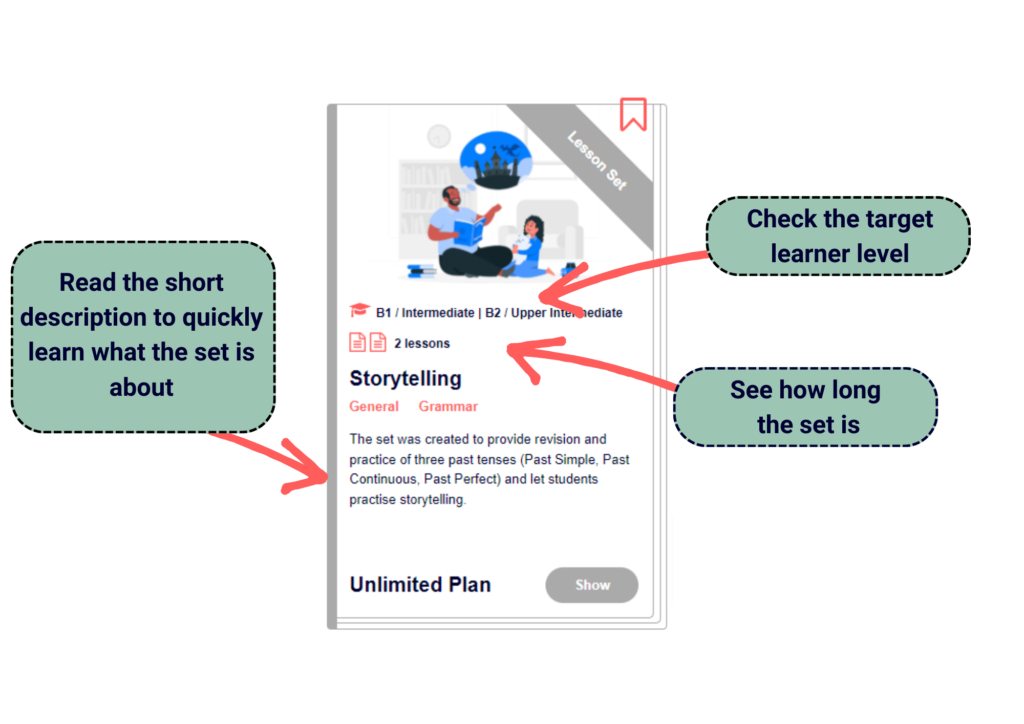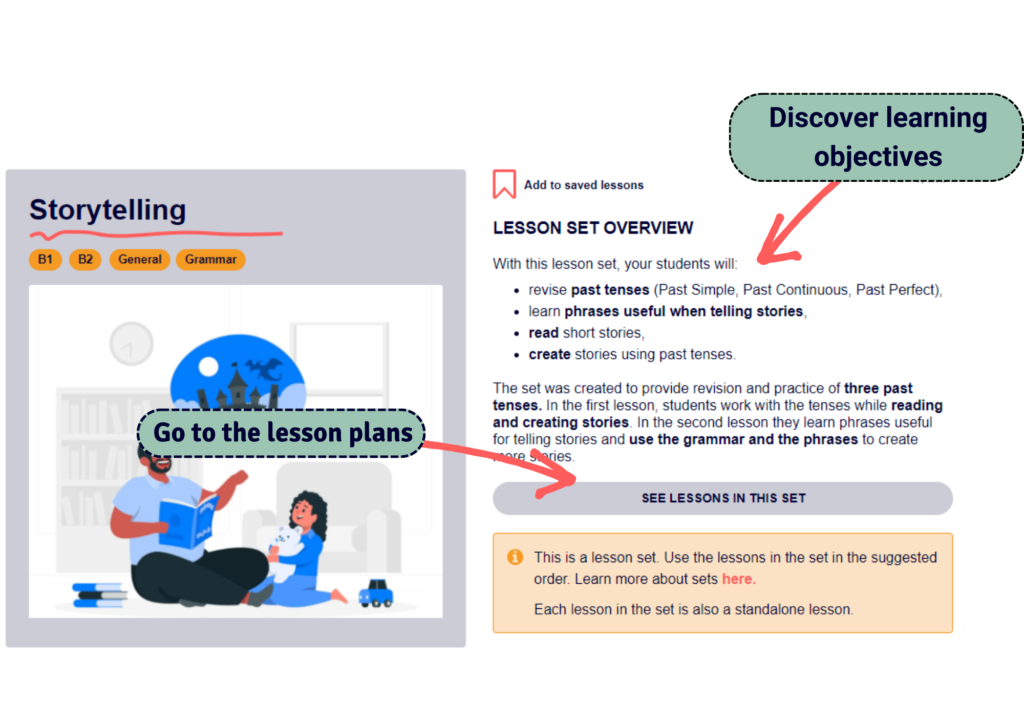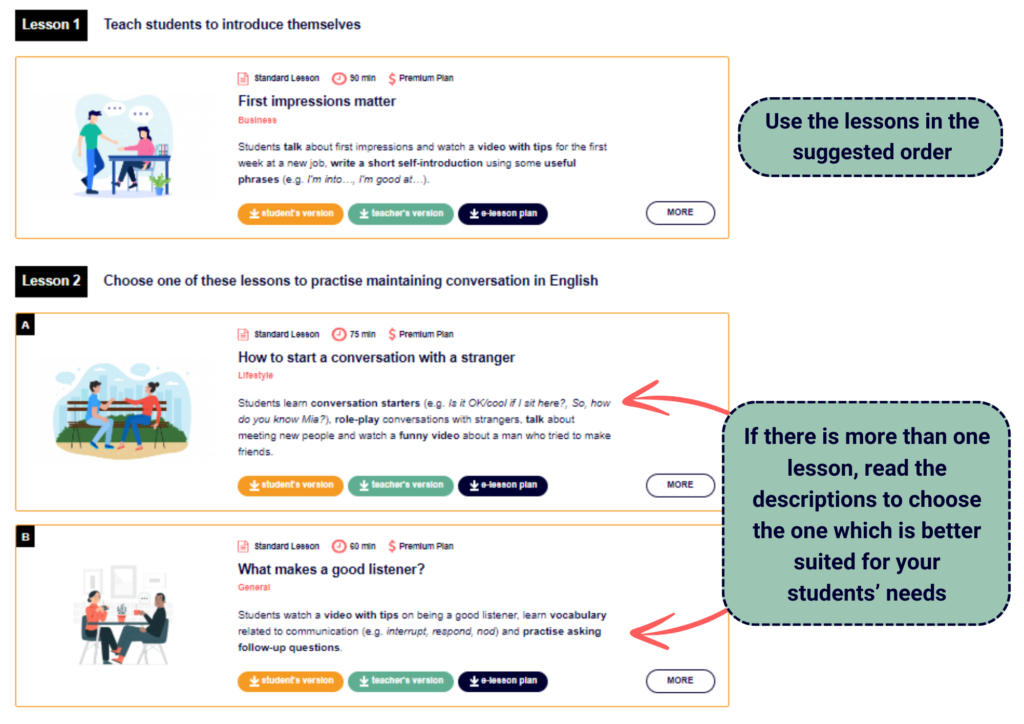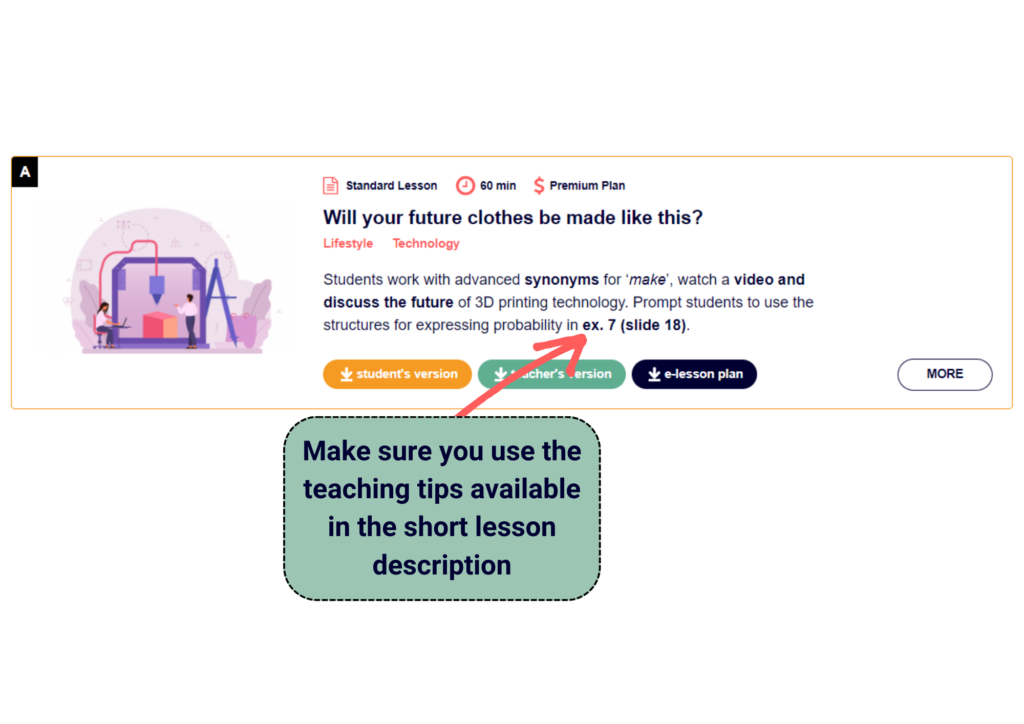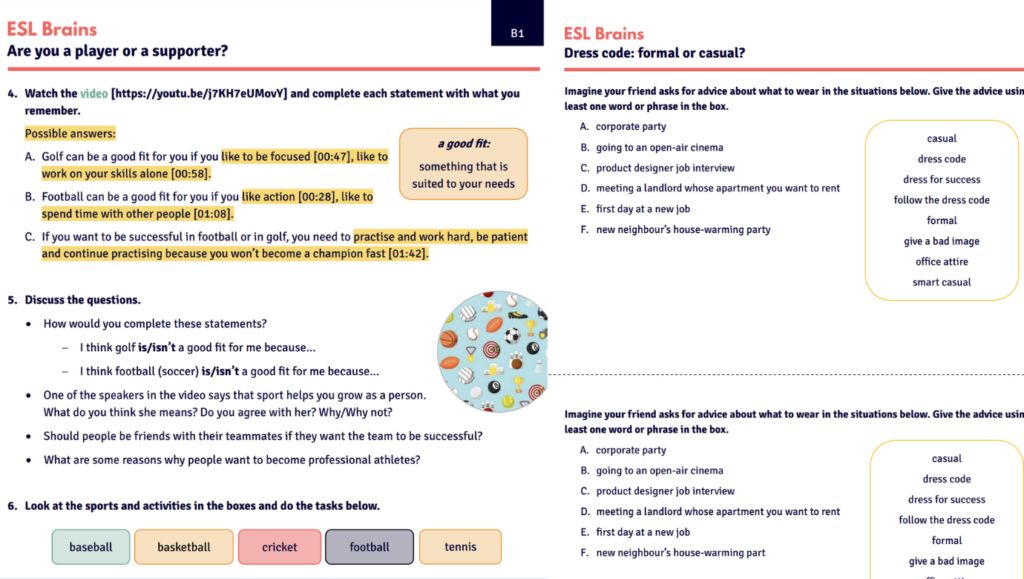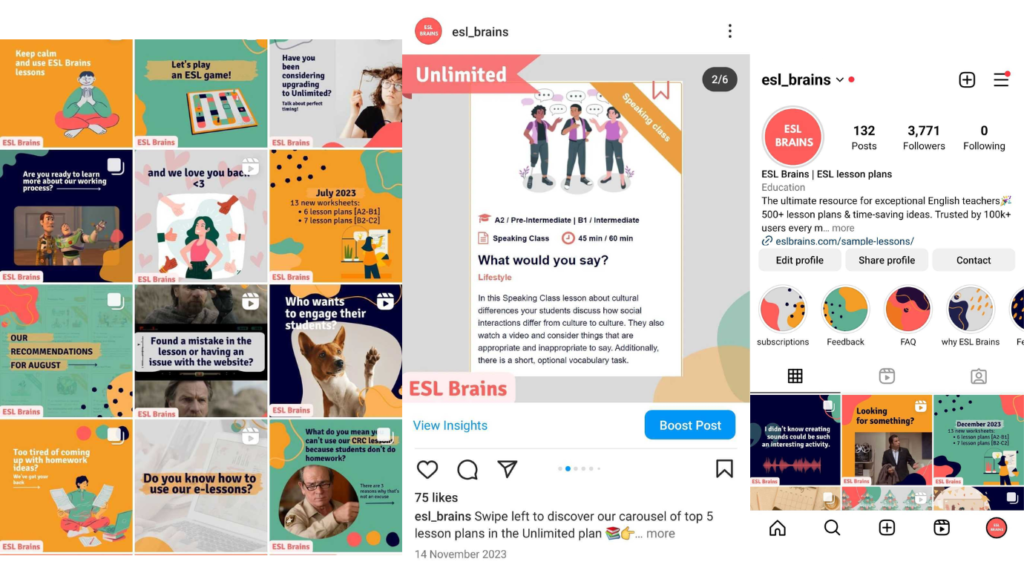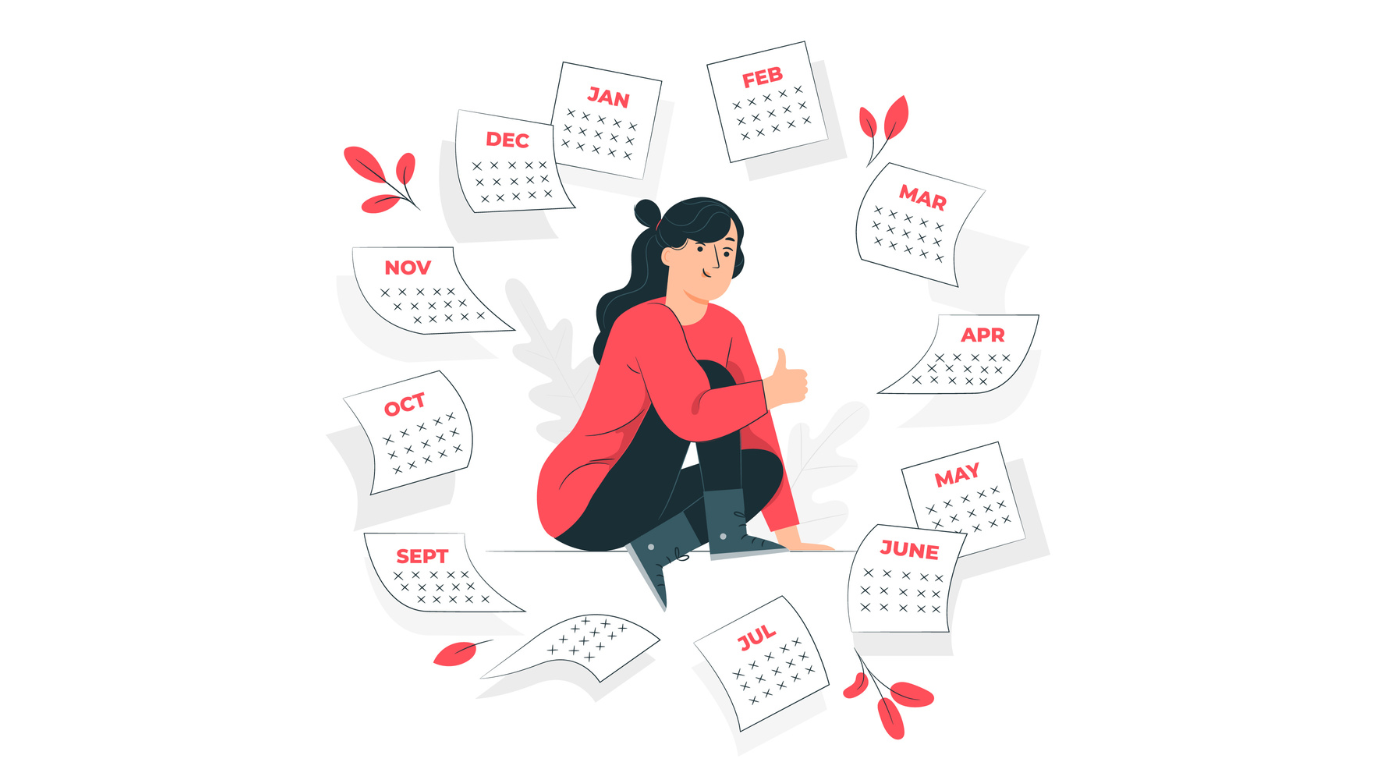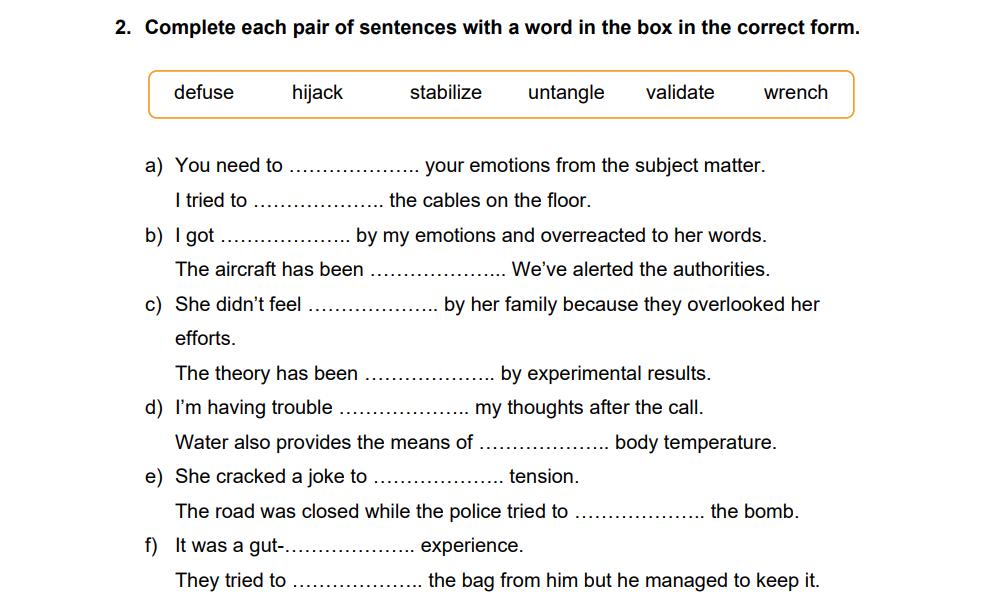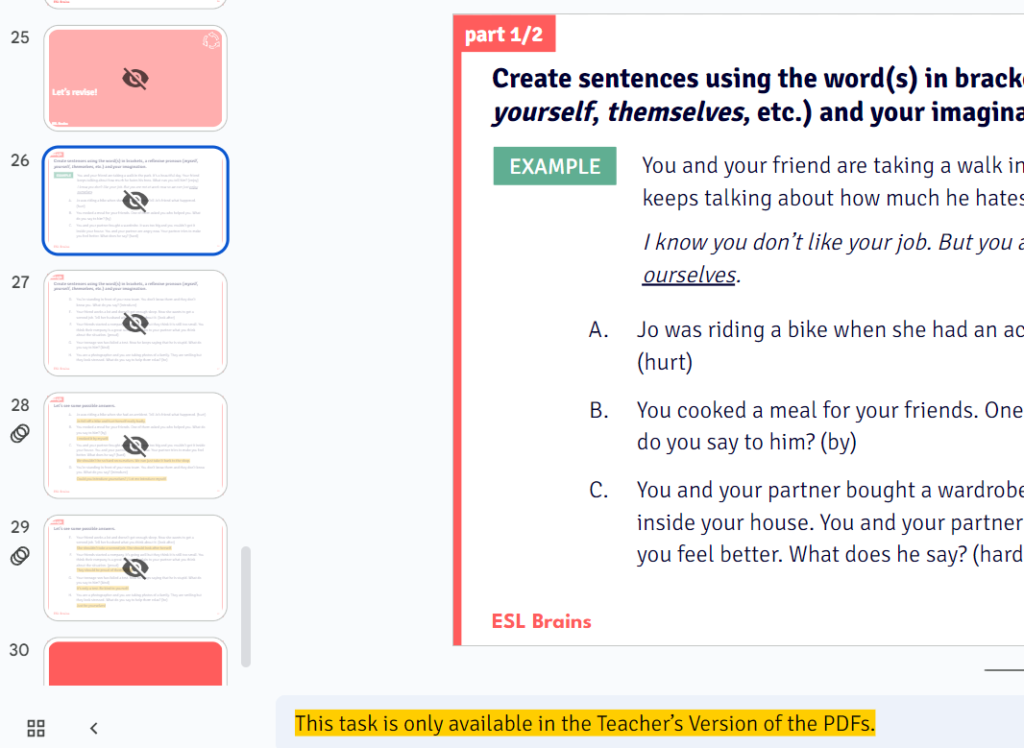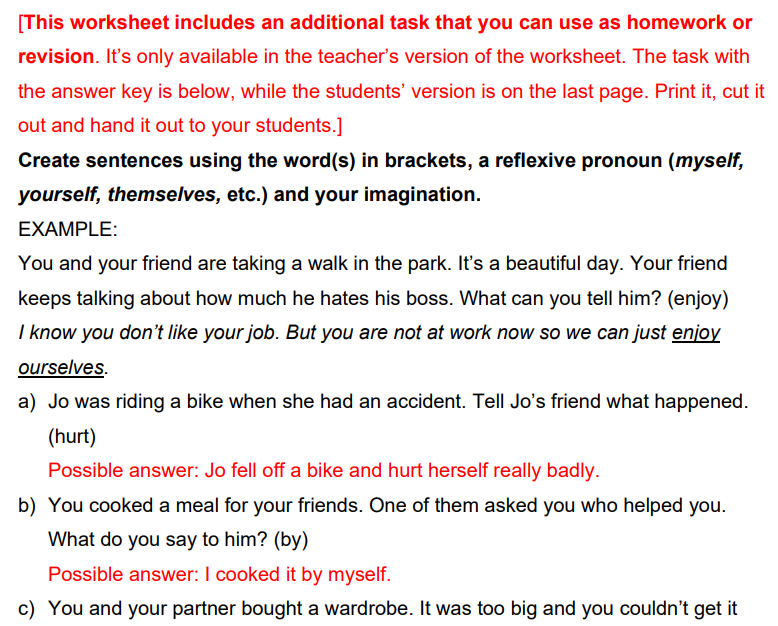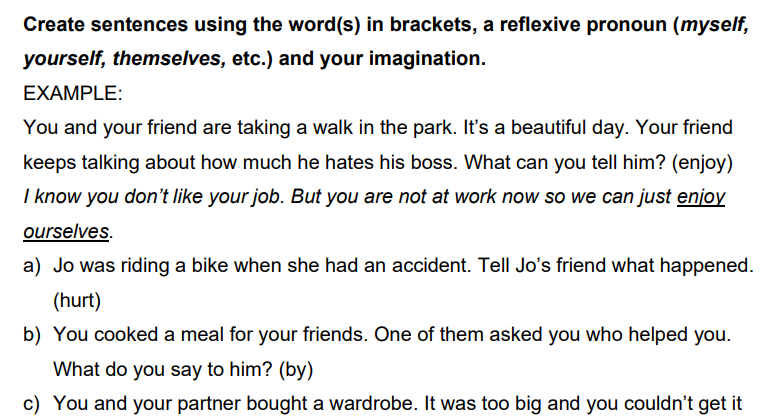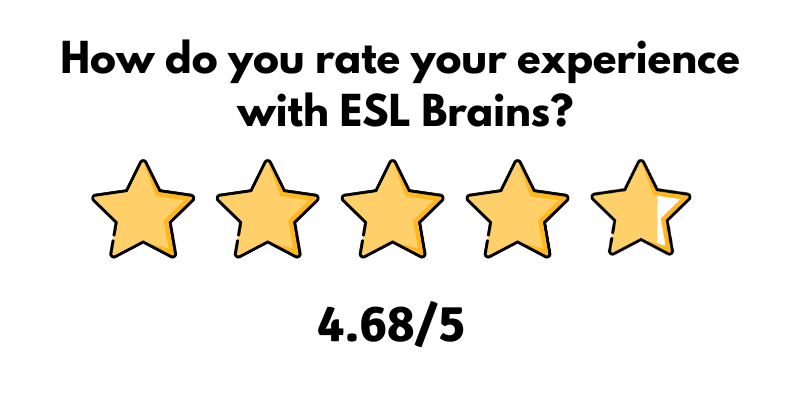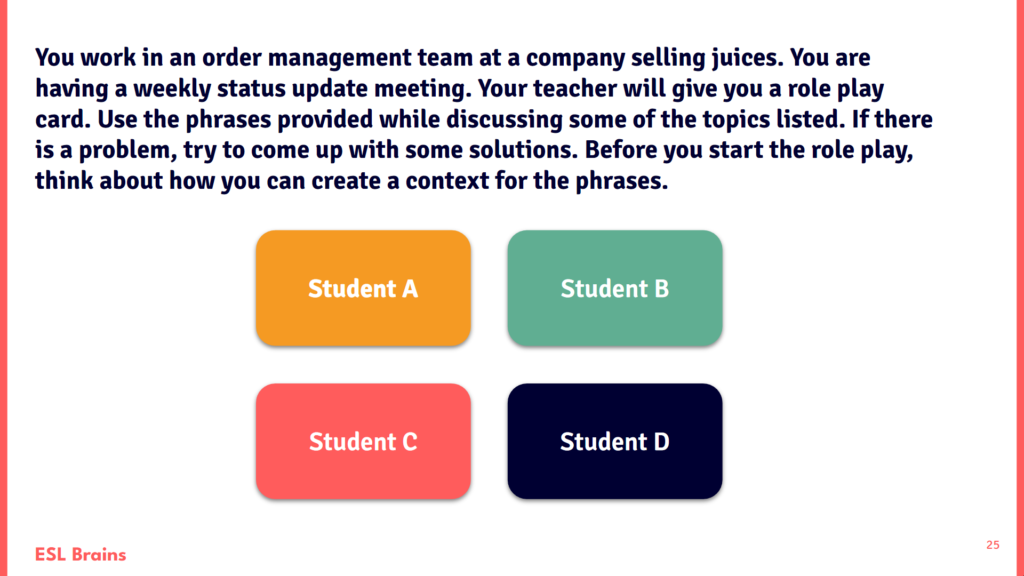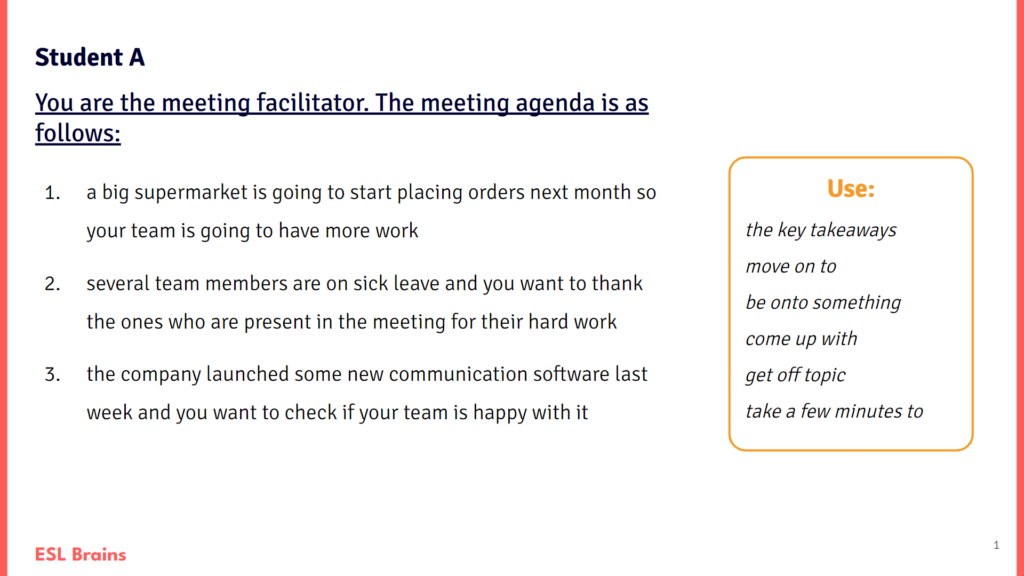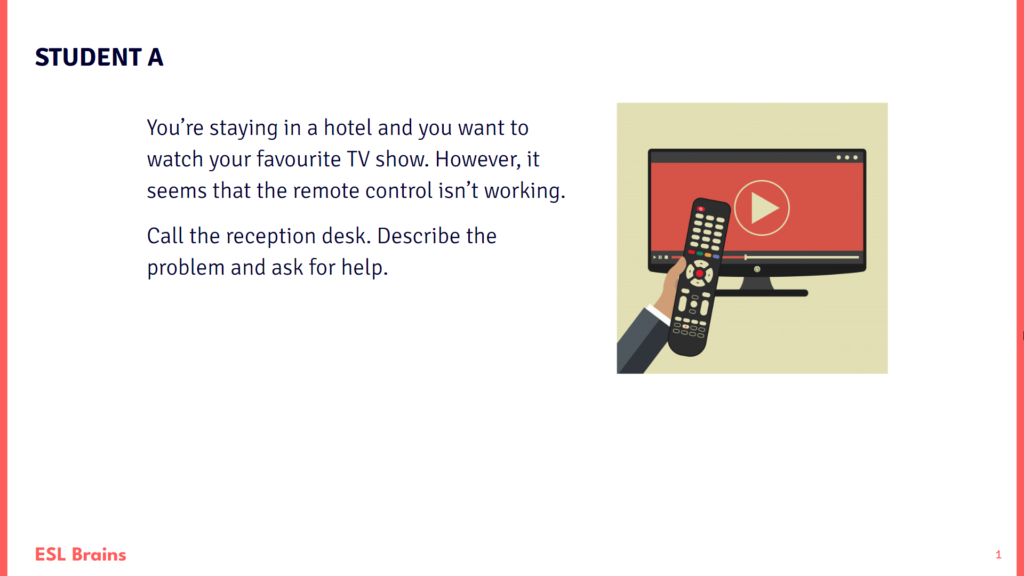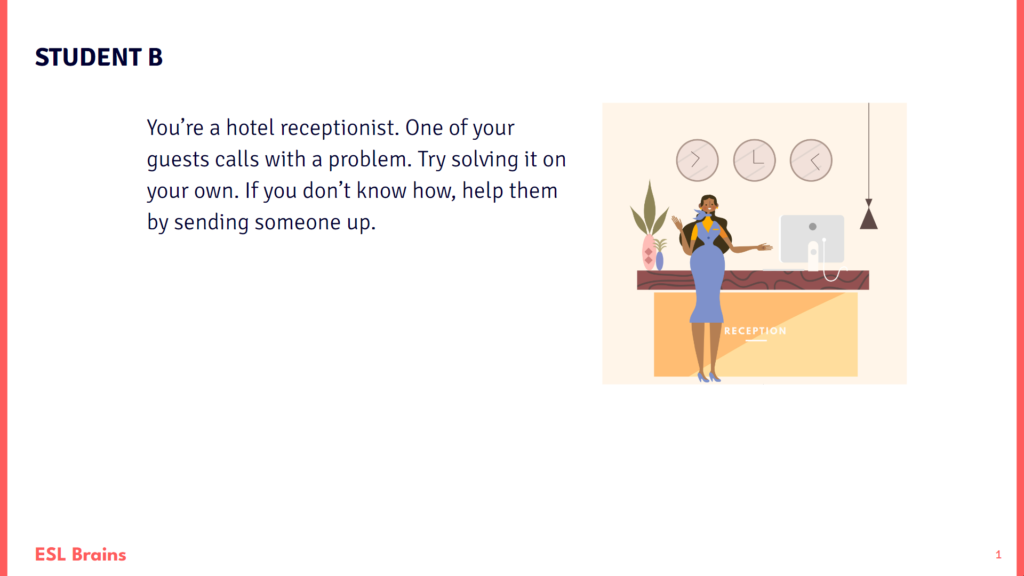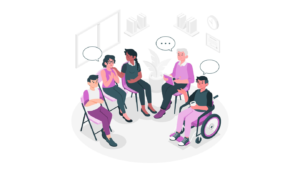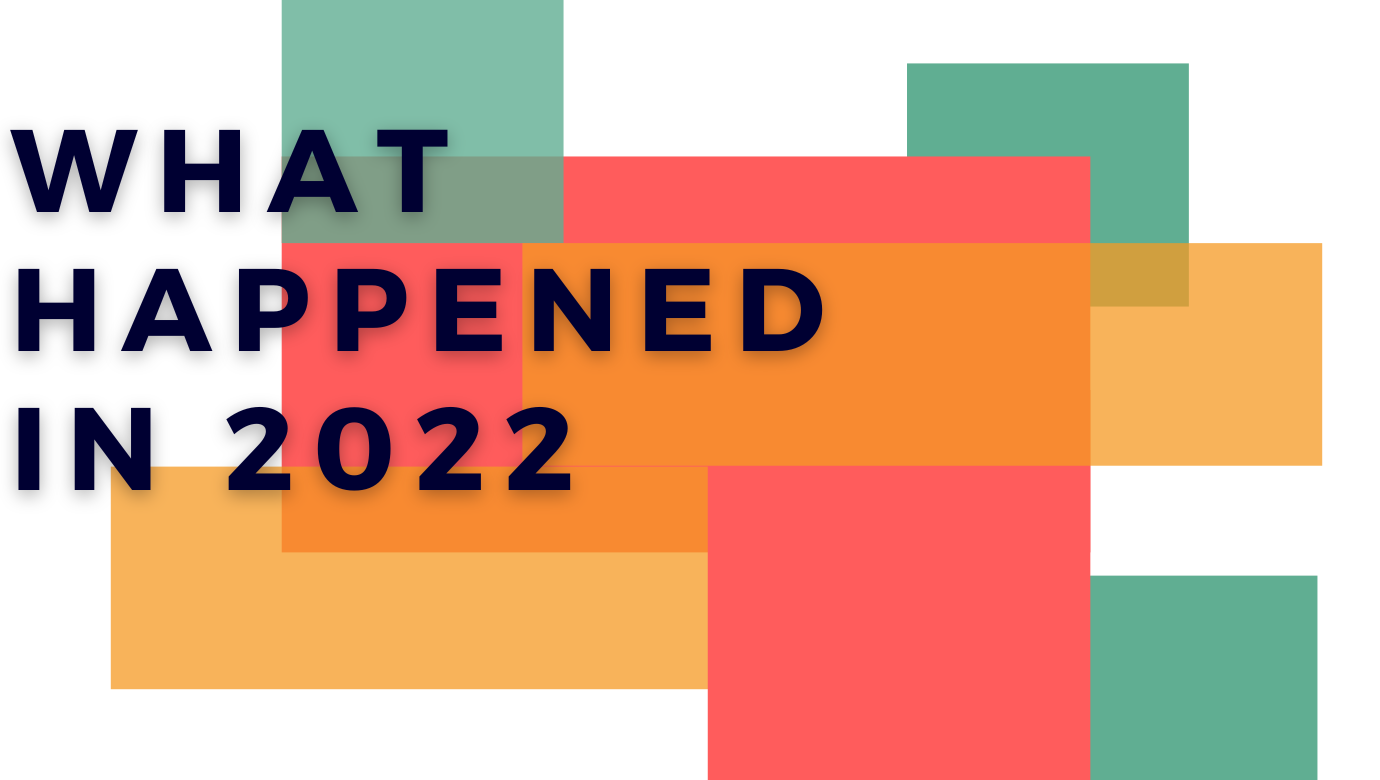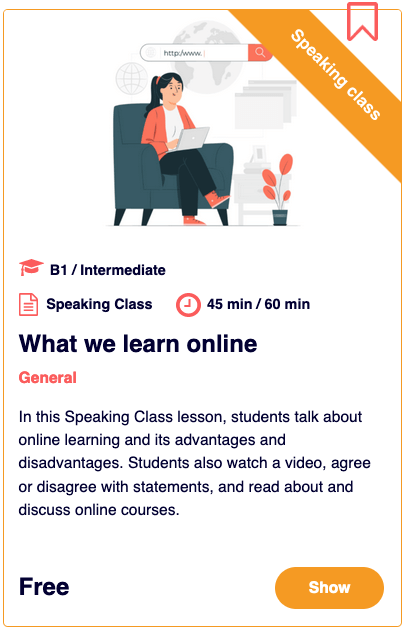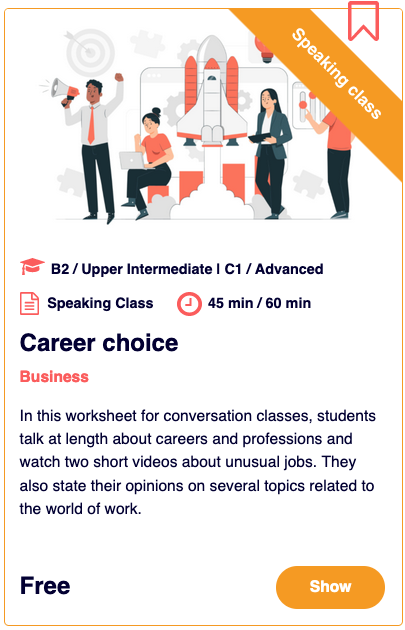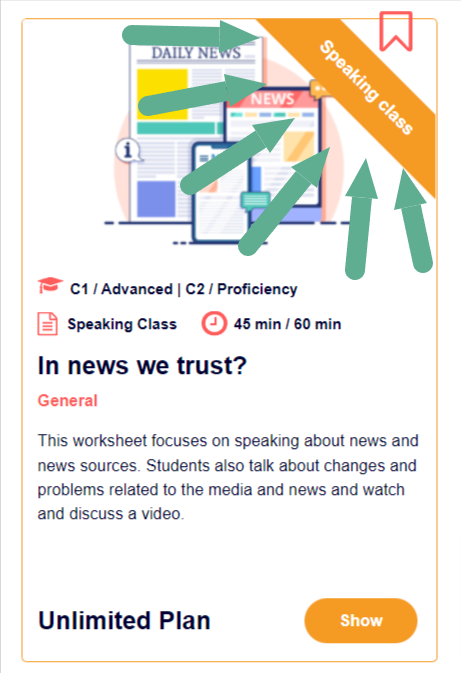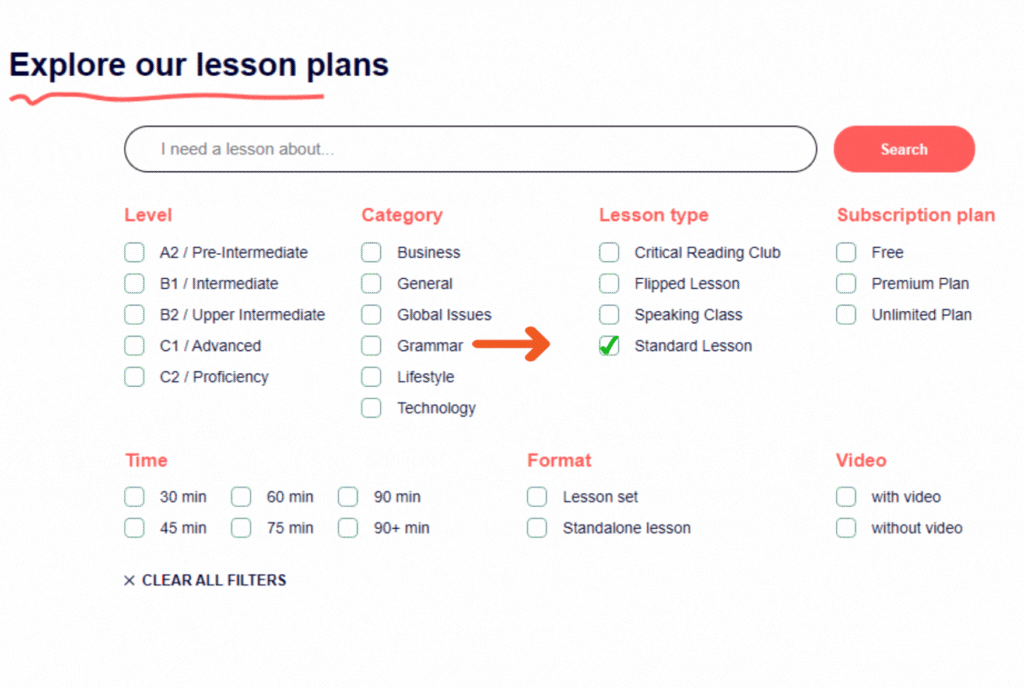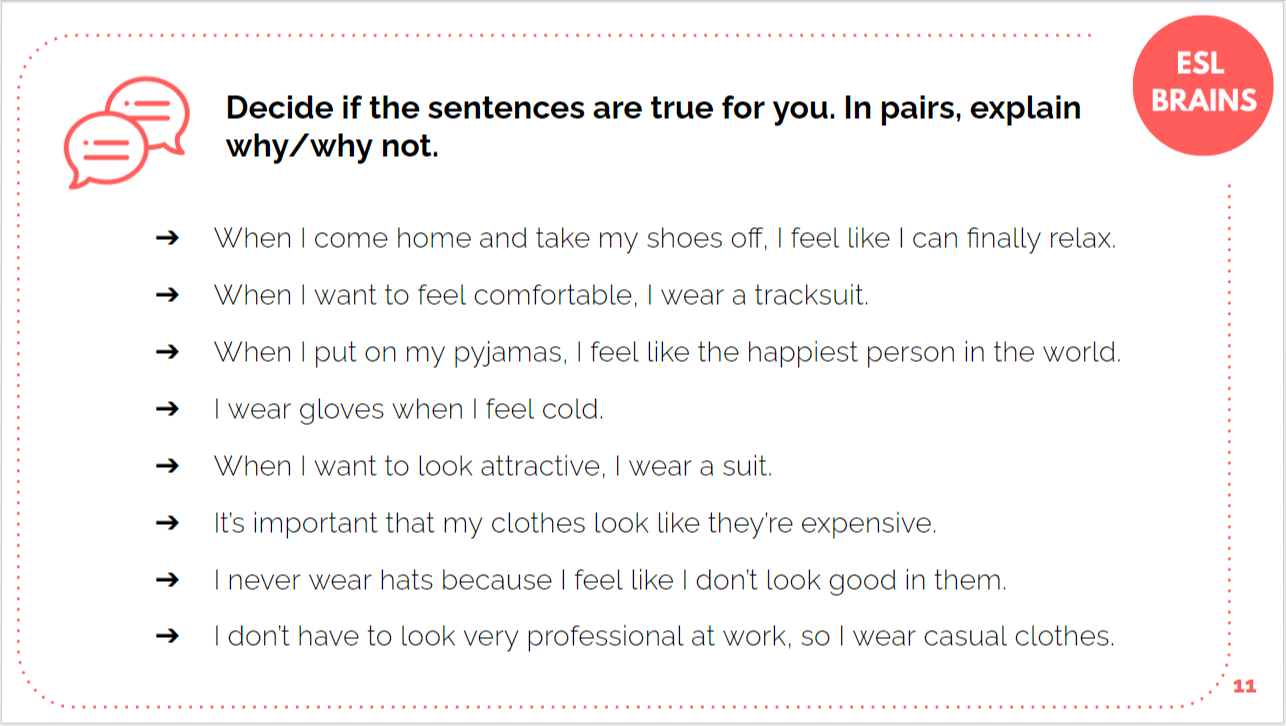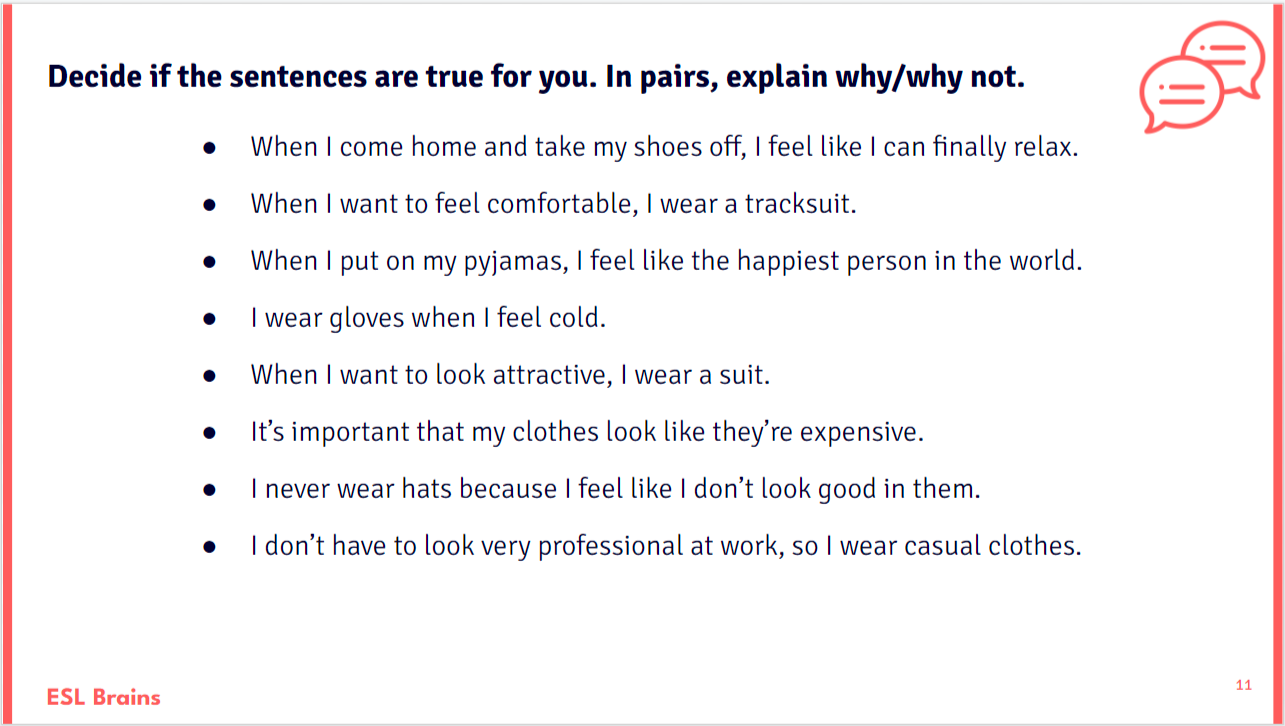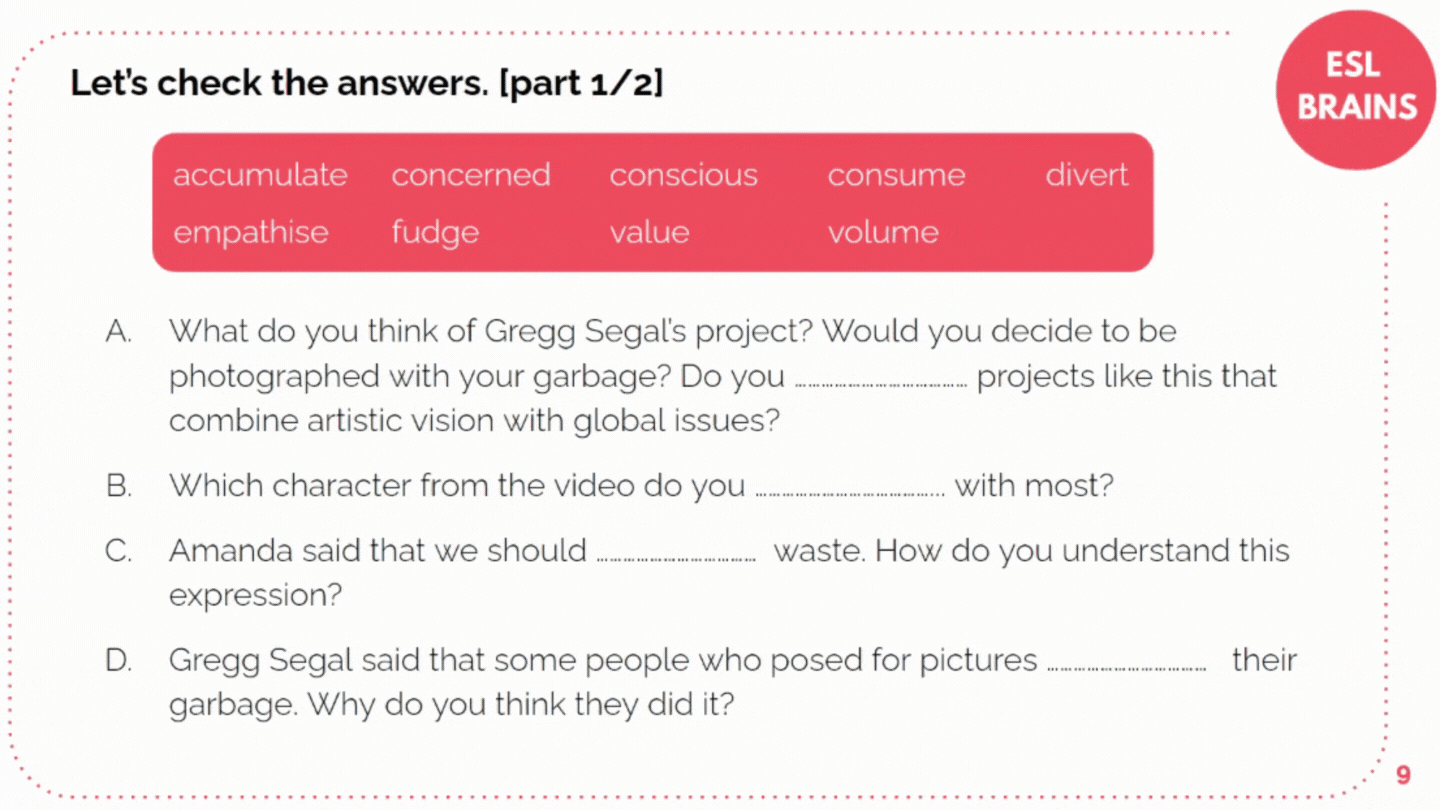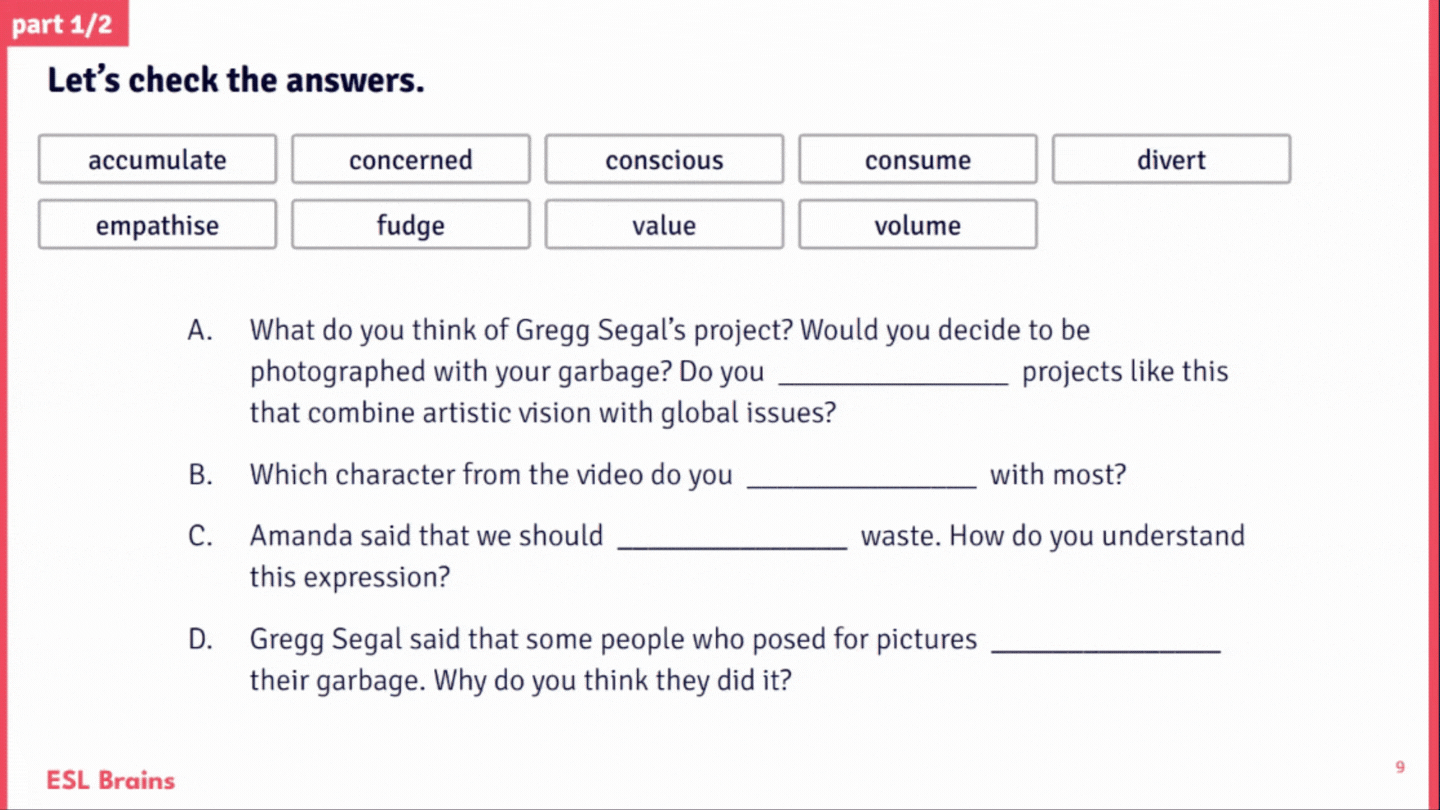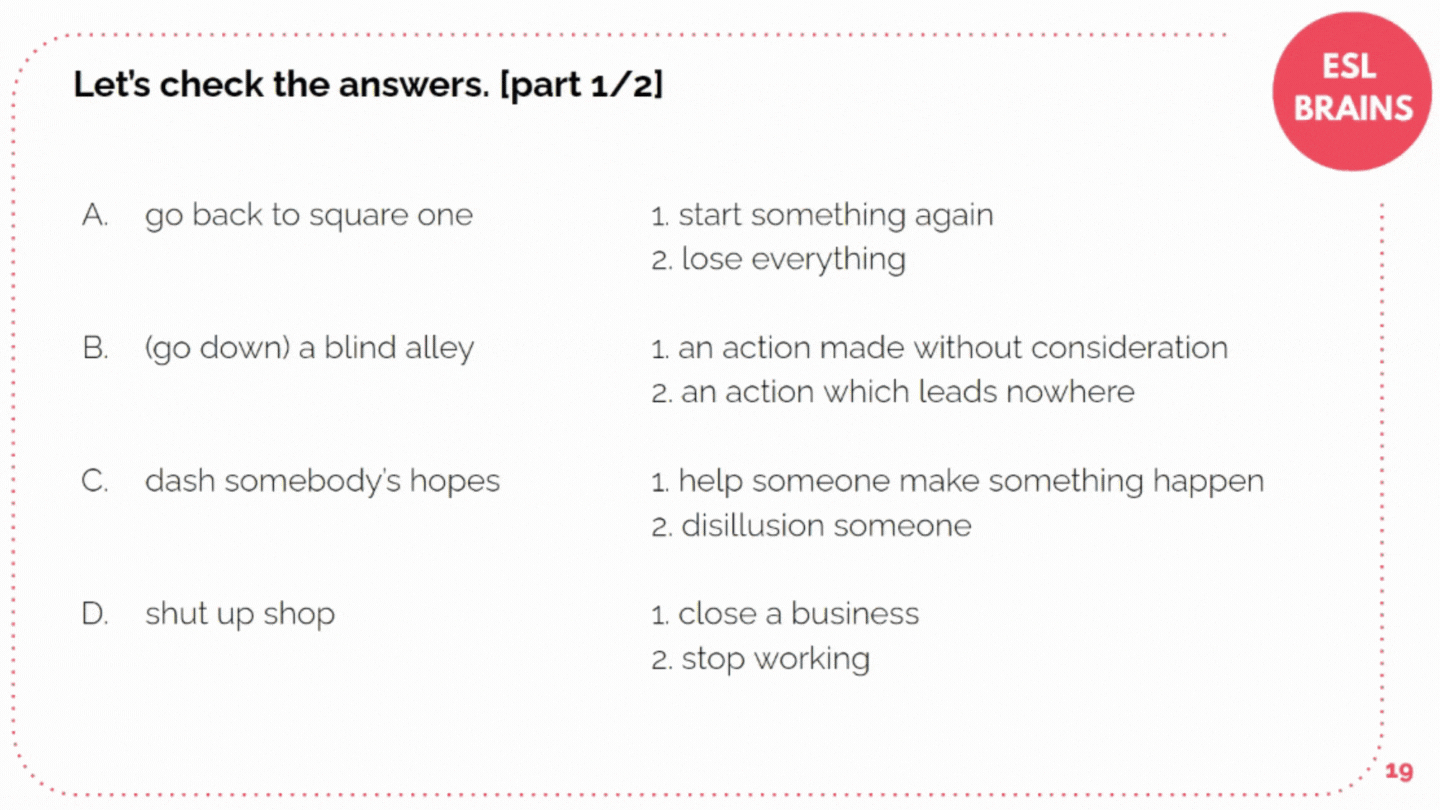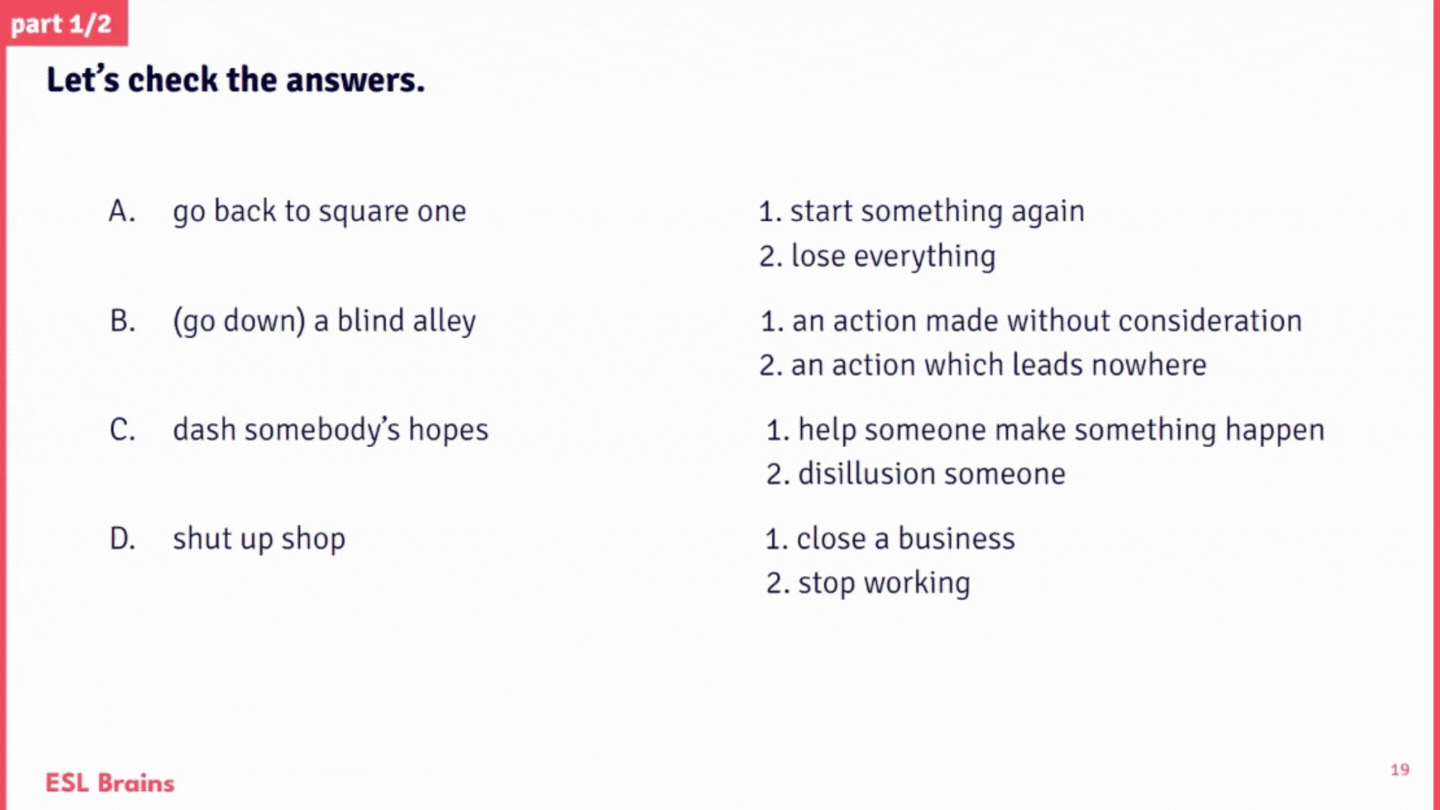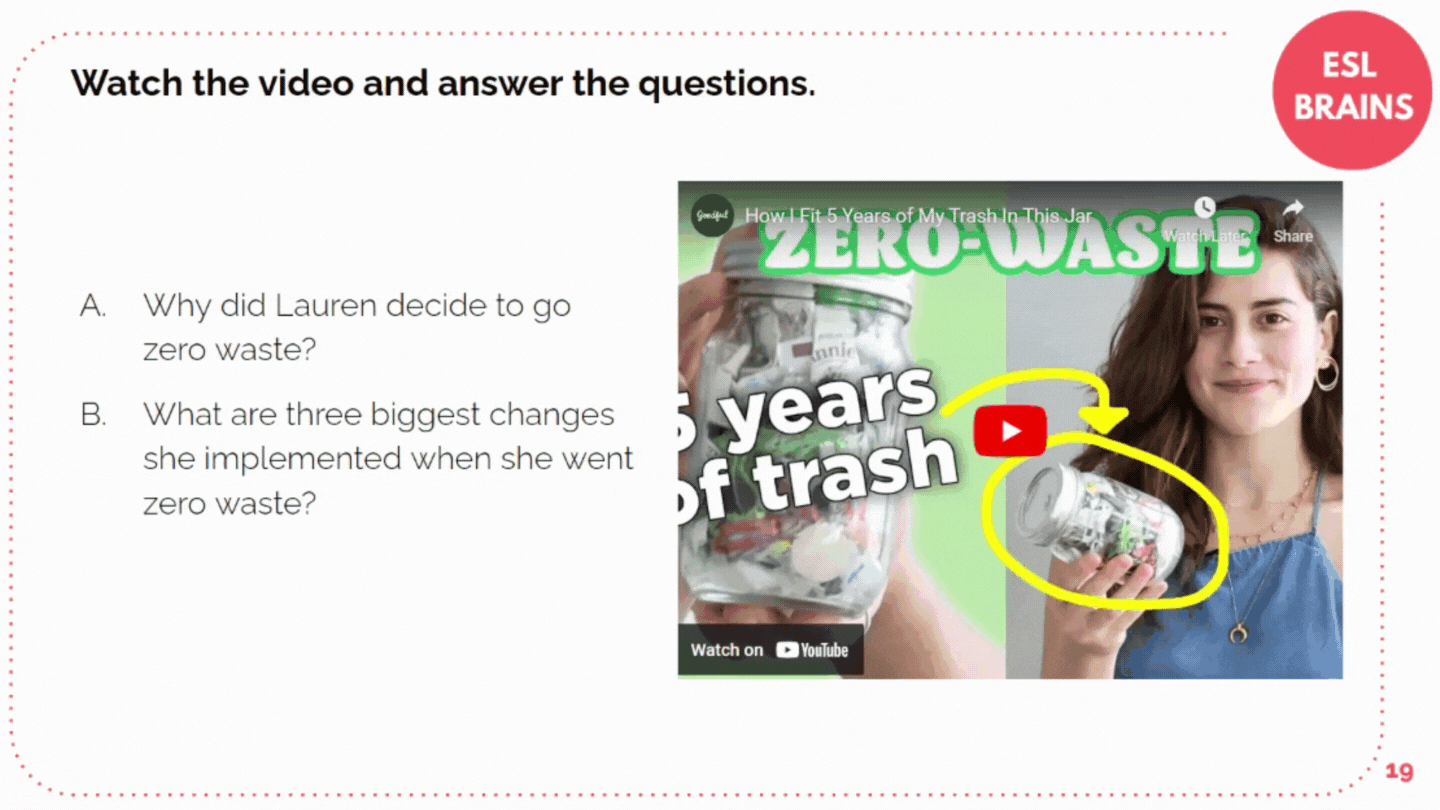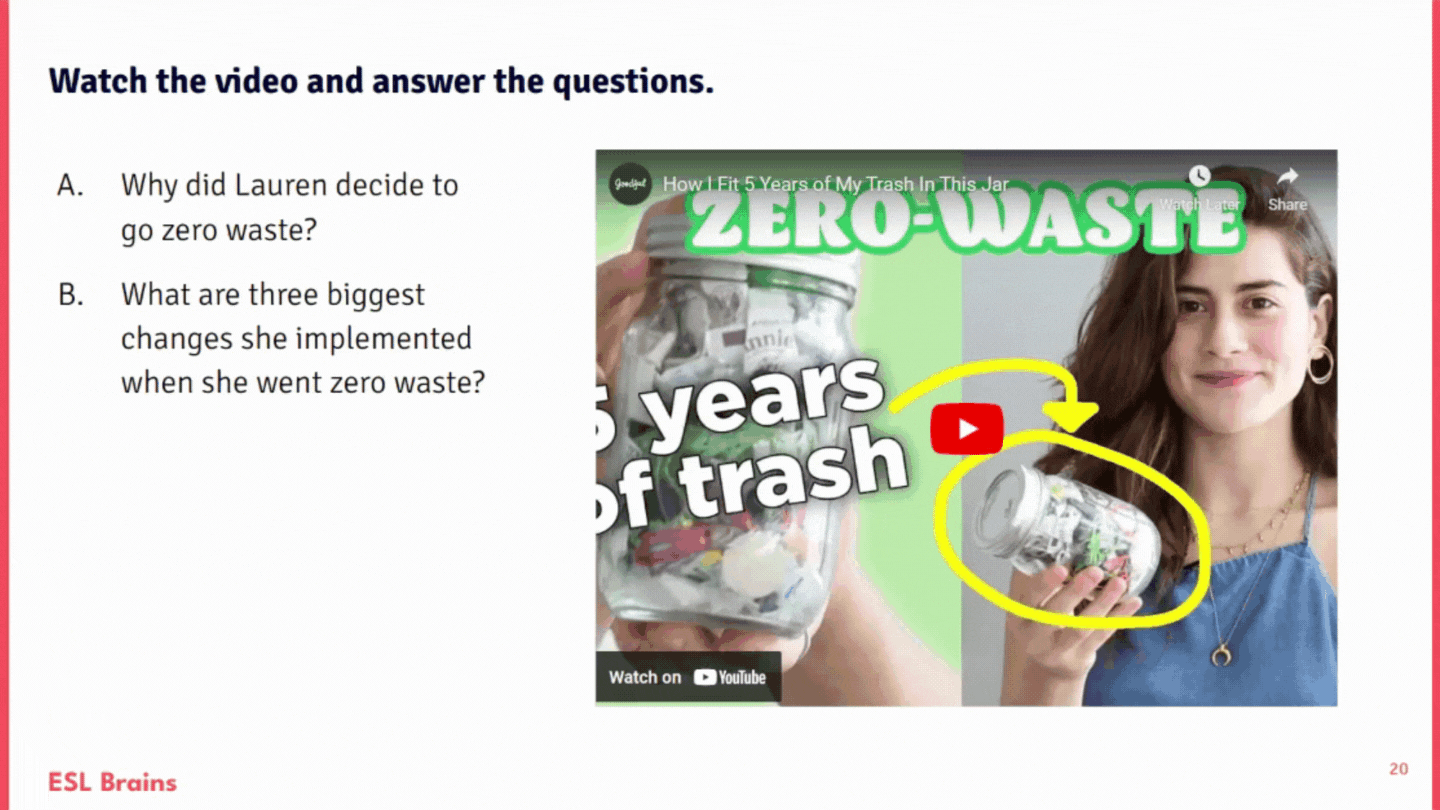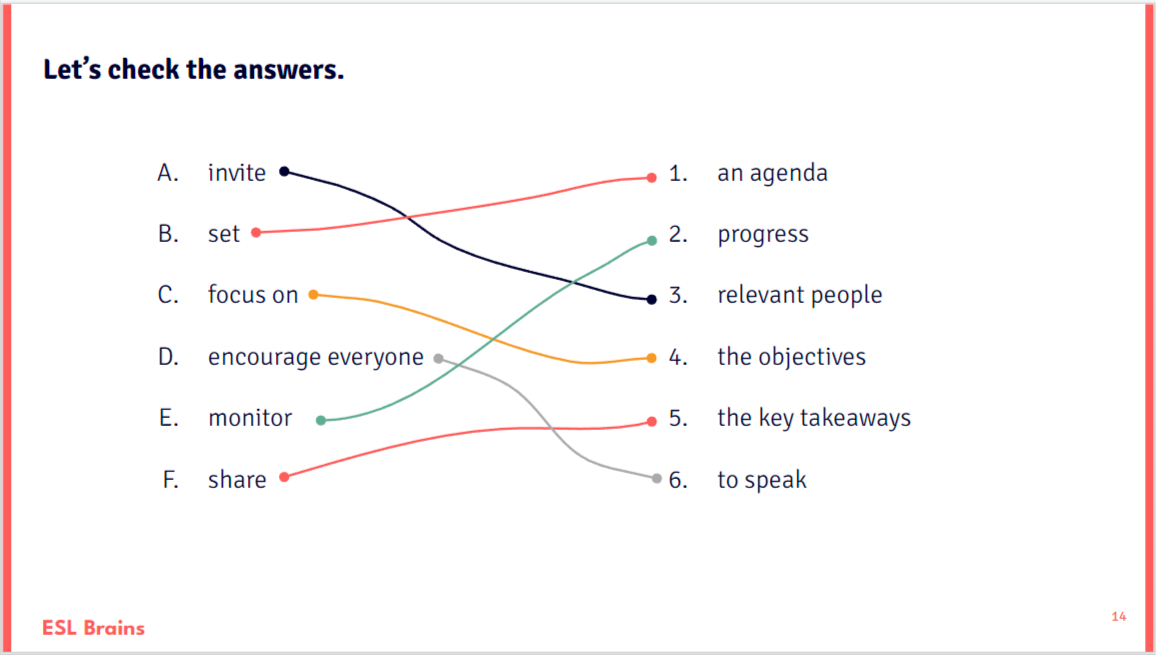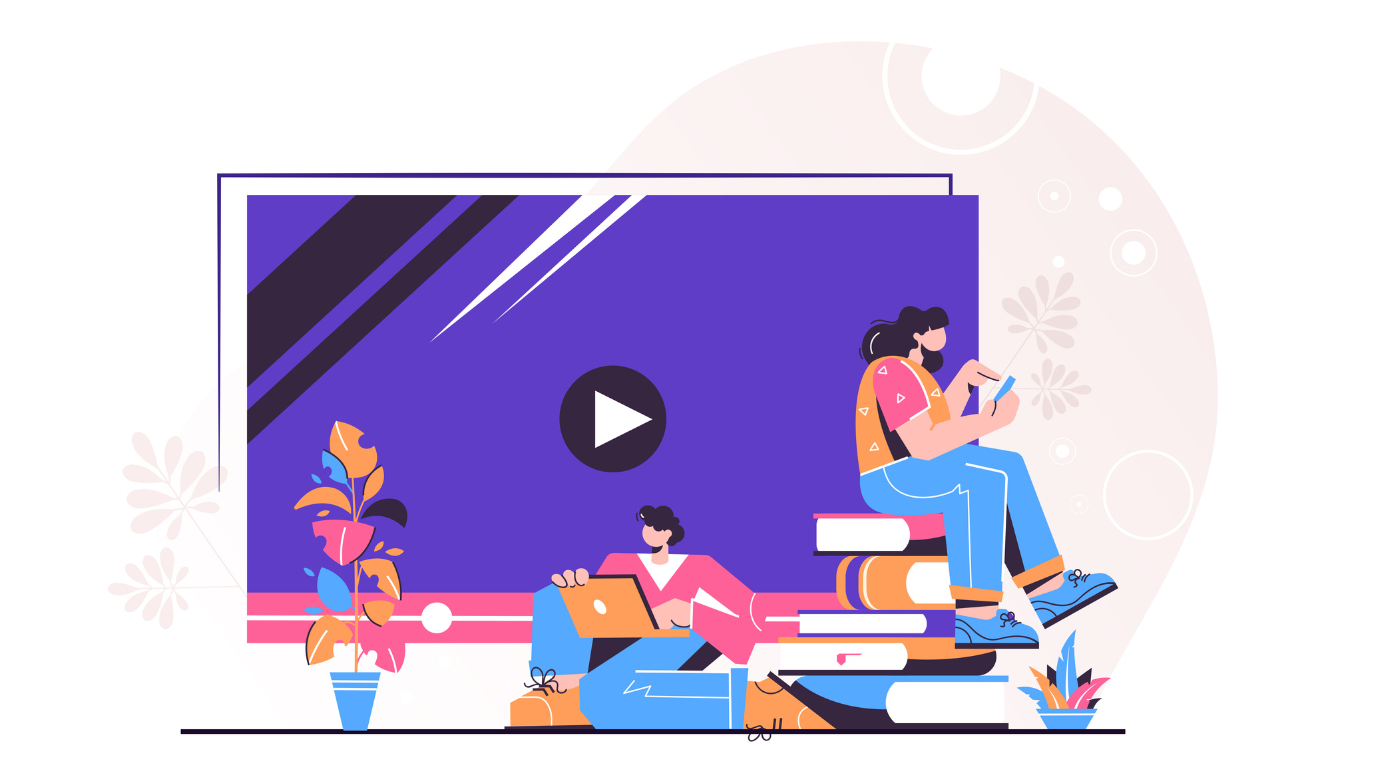March was a busy month here at ESL Brains! We published new lesson plans and created new lesson sets. We changed the filter view for the lesson search so you can find the lessons you need even faster. We also added filters to topics – you can see an example here.
Take a look at the March lesson plans below and let us know which one(s) you liked most in this ➡️➡️ short survey ⬅️⬅️.
March in a Nutshell
We published 13 new worksheets💪, including:
- Revitalized neighbourhoods or ghost towns?
B2/C1 students explore the concept of ‘gentrification’ and its impacts. They learn and practise vocabulary related to the topic, watch a video and analyse opinions.
PREMIUM+ lesson plans ($6+):
- Opposites attract
A2 students explore and practise opposite verbs, contrast opinions, and discuss statements. They also read a short text about celebrating Opposite Day and imagine scenarios. - Art that refuses to settle
In this C1 lesson, students practise advanced adjectives to talk about art, discuss possible purposes, analyse art pieces, and watch an informational video about performance art. - Prioritizing and to-do lists
B1 students talk about priorities, analyse blog post titles, and practise vocabulary. They also discuss an explainer video about the Eisenhower Matrix, and talk about time management.
- From a pushover to your own boss
With this B2 lesson, students talk about personal boundaries. They watch an advice video, practise vocabulary, reflect on challenging situations, and discuss different points of view. - Revitalized neighbourhoods or ghost towns?
Our free Marchlesson plan in the e-lesson plan format for teaching online.
UNLIMITED-only lesson plans ($12):
- The youth changing the world
B1/B2 students discuss quotes, look at activists’ causes, and learn vocabulary. They create activist ‘bios’, evaluate activism examples, and discuss the impact of young activists.
- How to deal with misunderstandings
In this B1 Speaking lesson, students discuss, analyse, and solve instances of miscommunication. They also watch a short ad and develop situations using the ‘snowball effect’ idea. - Office, remote or hybrid?
B2/C1 students discuss work-life after lockdown, discuss the results of surveys, and practise relevant vocabulary. They also watch a short news video and analyse different work models.
- Culture shock
In this B1/B2 Speaking lesson, students share experiences and perspectives on the topic, examine the stages of culture shock and discuss the experience of a foreign exchange student. - Mountain tops and rooftops
With this A2 lesson, students practise compound nouns (e.g. sunlight, peanut butter, beach bar, etc.). They discuss a funny tourism video and create a promotional ad for their country. - Let’s talk money
In this C1/C2 Speaking lesson, students discuss vocabulary related to financial literacy, listen to excerpts from a podcast, and examine common financial confusion. - The digital Revolut(ion)
With this C1/C2 lesson, students talk about online services and learn vocabulary. They also discuss their own experiences, watch a video about a neobank, and discuss digital businesses. - Coffee time
B1 students explore international cafés in this CRC lesson! After reading an article, students practise relevant vocabulary, discuss experiences and preferences, and analyse establishments.
We hope you enjoy last month’s materials. Leave some feedback in the comment section under the lesson plan posts or drop us a line.🙂
BTW, if you want to access our premium content, subscribe to one of our plans. You can unlock over 600 lesson plans and worksheets (including flipped lesson plans) as well as their e-lesson plan versions for teaching online, and get access to our Speaking Class and Critical Reading Club worksheets.



